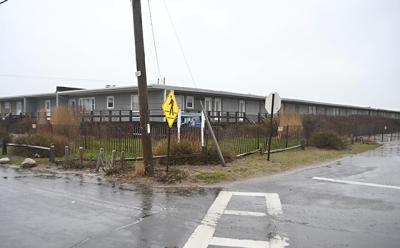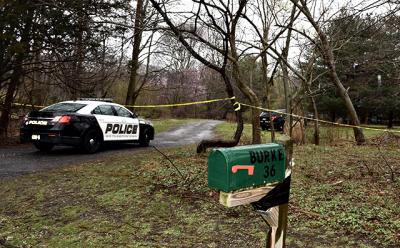Majority Favors Piercing Tax Cap in Bridgehampton
Majority Favors Piercing Tax Cap in Bridgehampton

The majority of the Bridgehampton School Board has endorsed piercing the tax cap, citing direction from residents who came to its two community forums and asked the district to preserve several key programs for students, as well as their own individual perceptions of the district’s financial picture.
At least five members of the board said during its March 30 meeting that they supported presenting to the Bridgehampton taxpayers a budget that preserves the current programs, staffing, and services, but which would carry a tax levy increase of about 9.14 percent. That’s above the state-allowed limit, so it would require a super-majority of voter approval during the May 17 budget vote.
Without going over the cap, school officials would have had to consider about $547,000 in cost reductions. Among the proposed cuts was Aspire, an after-school program in which students have a chance to do homework and take part in activities until their parents can pick them up. A slew of other items — career and technical education, clubs and field trips, driver’s education, curriculum training for teachers, summertime activity and wellness programs, and several teaching, clerical, and custodial positions — were also being considered for elimination.
“As far as the pulse of the community, I think we’ve done everything we could to find out how the community is feeling about it,” Jeff Mansfield, a school board member, said during the board’s March 30 meeting. “From what we’ve gathered, the district is behind us. They understand what we’re up against, and they’re behind us piercing the cap.”
Mr. Mansfield, along with Ronnie White, the school board president, Lillian Tyree-Johnson, the vice president, and Doug DeGroot, another board member, each said they favored proposing a budget with a year-over-year spending increase of 7.49 percent and a tax levy increase of 9.14 percent. This year, the state-mandated cap on tax levy increases is .12 percent, although certain factors such as real estate growth cause individual districts’ tax cap rates to vary.
Bridgehampton’s cap this year is 3.06 percent, which would have allowed the district to increase its tax levy by about $336,700. But according to figures provided by the school, its anticipated $403,700 increase in contractual health insurance costs would alone put the district over the cap. The district is also expecting large increases in transportation costs and teachers’ salaries.
Bridgehampton successfully passed an over-the-cap budget for the 2014-15 year on the second try. That year, the proposal was a $12.3 million spending plan that carried a tax levy increase of 8.8 percent, or $914,684.
This time around, during the March 30 meeting, the latest iteration of the budget is for $13.78 million, a year-over-year spending increase of about $960,000, or 7.49 percent. That budget would carry a tax levy of $12.01 million, which yields the 9.14 percent increase. With those figures in place, the district is projecting a tax increase of $71.56 for a home with an assessed value of $500,000.
“This cap isn’t going away,” Kat McCleland, another board member, said. “We say we don’t get back the programs that we take out, but even if we were to try to stay under, then our starting point is in a worse position next year. So it doesn’t eliminate this issue at all.”
School officials anticipated changing their final budget figures slightly when Gov. Andrew M. Cuomo and the New York State Legislature reached a state budget agreement last week.
The Bridgehampton School Board is expected to formally adopt its budget at its next meeting, planned for Wednesday at 7 p.m.









